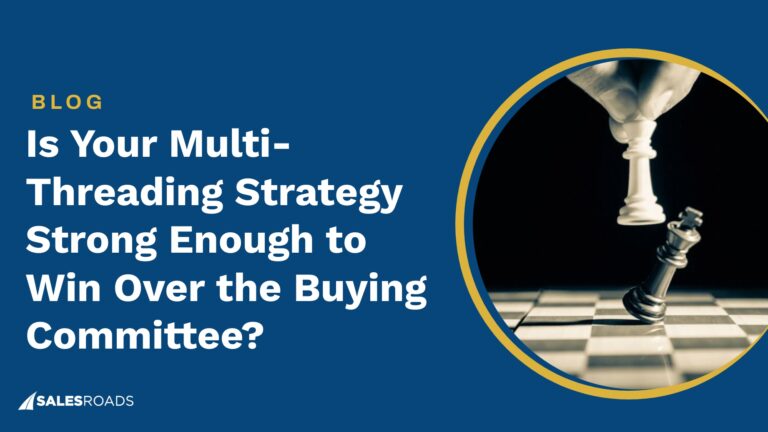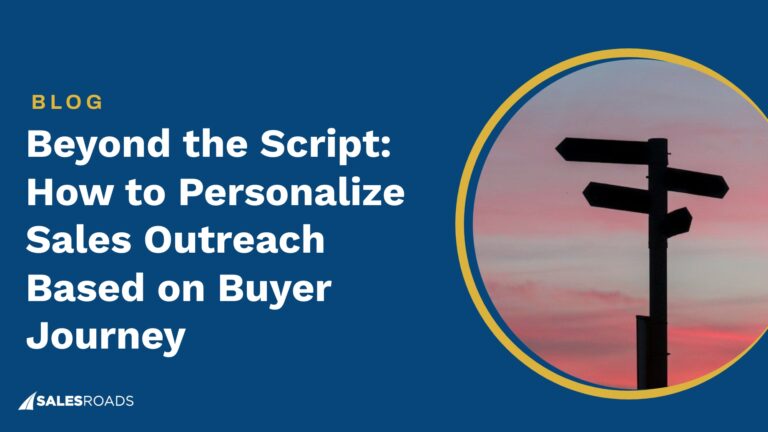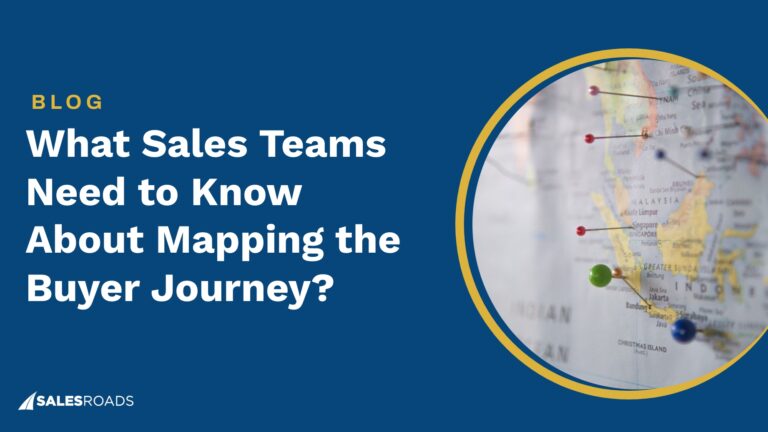Not every lead is ready to buy right away and that’s where lead nurturing comes in. It’s the process of building relationships with potential customers and guiding them through the funnel until they’re ready to make a purchase decision.
Importance of Effective Lead Nurturing in B2B Marketing
While generating leads is essential, nurturing leads is the key step in converting prospects into loyal customers. B2B lead nurturing is crucial for your success for the following reasons:
- Boosts conversions: The reality is that only a small percentage of leads are ready to buy on the spot. B2B lead nurture helps bridge the gap by providing valuable content and education throughout the lead nurturing funnel, keeping your brand top-of-mind, and moving prospects closer to conversion.
- Qualifies leads: Not all leads are created equal. Through targeted communication and content, B2B lead nurturing tactics help you identify the most promising prospects, allowing your sales team to focus their efforts on the most qualified leads.
- Builds trust and relationships: Effective B2B lead nurturing goes beyond just sending emails. It’s about building genuine connections with potential customers. By understanding their needs and offering solutions that address their pain points, you establish trust and position yourself as a trusted advisor.
- Increases customer lifetime value: Nurtured leads become more informed and engaged customers, leading to higher satisfaction and loyalty. This translates to a higher customer lifetime value and recurring revenue for your business.
- Cost-effective: Acquiring new leads is expensive. Nurturing leads that already exist is a much more cost-effective way to grow your customer base. By implementing B2B lead nurturing best practices, you can maximize the return on your investment and achieve sustainable growth.
What Are Lead Nurturing Campaigns?
B2B lead nurturing campaigns are a series of strategically designed communications aimed at educating, engaging, and ultimately converting potential customers.
These campaigns move prospects through the funnel, providing valuable content and nurturing leads at every stage of the buyer’s journey.
Types of Lead Nurturing Campaigns
There’s no one-size-fits-all approach to nurturing leads. The best type of campaign will depend on your target audience and their specific needs.
Some common types of B2B lead nurturing campaigns are delivering a series of emails packed with valuable content, following up with webinar registrants, or providing ongoing support and guidance to free trial users.
Goals and Objectives of Lead Nurturing Campaigns
Effective B2B lead nurturing campaigns have clear goals and objectives that align with your overall strategy.
Some of the key goals companies aim to achieve are increasing lead engagement, qualifying leads, boosting sales conversions, or improving customer lifetime value.
Here’s a breakdown of how these goals translate into actionable objectives, using increasing lead engagement as an example. Your objectives can be:
- Increase email open rates by 15% within the next quarter. This objective focuses on a specific metric (open rates) and sets a measurable target (15% increase) within a defined timeframe (next quarter).
- Double the number of website content downloads within 6 months. This objective targets a specific action (downloading content) and sets a clear timeframe (6 months) to achieve the desired outcome (doubling downloads).
- Boost social media engagement by 20% in the next year. This objective focuses on social media interaction (likes, comments, and shares) and sets a specific target (20% increase) with a longer timeframe (next year) that allows for more strategic implementation.
By setting clear and measurable objectives for each nurturing goal, you can track your progress, measure the effectiveness of your campaign, and make adjustments as needed.
Core Elements of B2B Lead Nurturing Campaign
Successful lead nurturing campaigns aren’t built overnight. They require a strategic foundation and key elements to effectively nurture leads and drive results.
Here are the core elements that make up a winning campaign:
Audience Segmentation
Audience segmentation is the process of dividing your leads into distinct groups based on shared characteristics, such as industry, job title, or pain points. This allows you to tailor your nurturing efforts and deliver content that resonates with each segment’s specific needs.
For example, a B2B software company might create separate nurturing campaigns for marketing managers and sales directors. Each campaign would address the unique challenges and goals of each audience segment, leading to more effective lead nurturing.
Personalized Content Creation
B2B lead nurturing goes beyond delivering generic messages. The key is to create personalized content that speaks directly to your audience’s needs. This could include blog posts, email campaigns, or landing pages.
Let’s see how personalization can make a difference by using an email copy as an example.
Generic email copy doesn’t take into account the specific needs or interests of the lead. The example below uses a generic subject line and greeting and promotes the same blog post to all leads, regardless of their industry segment or position.
Subject: The Latest Industry Trends You Need to Know!
Hi [Lead Email Address],
We’re excited to share our latest blog post on the top industry trends for [Your Industry]. In this informative article, you’ll learn about the key developments that are shaping the future of our field.
Click here to read the blog post!
On the other hand, personalized email copy considers the lead’s specific role, industry, and potential pain points. Below, the subject line and content are tailored to resonate with the lead’s specific needs, and the email concludes with a call to action that’s relevant to their position.
Subject: Streamlining Your [Lead’s Job Title] Workflow with [Your Product/Service]
Hi [Lead Name],
As a [Lead’s Job Title] in the [Lead’s Industry], we understand the challenges you face in keeping up with the ever-increasing demands of your role. That’s why we wanted to share this case study on how [Customer Company Name] used [Your Product/Service] to streamline their workflow and achieve a [Specific Benefit] increase.
We believe [Your Product/Service] can offer similar benefits for your team at [Lead’s Company Name]. Would you be interested in scheduling a brief demo to learn more?
By personalizing your content, you can grab your audience’s attention, build trust, and ultimately nurture leads further down the funnel.
Automated Workflow and Timing
Automation is a critical element of any successful B2B lead nurturing campaign. Automation tools allow you to create workflows that deliver targeted content and messages to leads based on their behavior and interests.
For example, you can set up an automated email drip campaign that sends a series of educational emails to new leads over a specific timeframe. Automated workflows ensure timely delivery of the right content at the right stage of the buyer’s journey, maximizing the effectiveness of your nurturing efforts.
Performance Measurement and Analytics
Effective B2B lead nurturing requires constant monitoring and optimization. By tracking key metrics like open rates, click-through rates, and lead engagement, you can gain valuable insights into the performance of your campaigns.
This data allows you to identify what’s working and what’s not, allowing you to continuously refine your tactics and optimize your campaigns for maximum impact. Regularly analyzing your campaigns helps you nurture leads more effectively and achieve your desired goals.
How to Nurture Leads
Effective B2B lead nurturing best practices and tactics will help you build trust, educate prospects on your offerings, and ultimately convert them into sales.
Understand Your Leads’ Needs and Preferences
The foundation of effective lead nurturing is understanding your audience. Take time to research your target market and identify their specific needs, challenges, and buying preferences.
Here are some ways to gather valuable insights:
- Buyer personas: Develop detailed buyer personas that outline your ideal customer’s demographics, behaviors, and pain points.
- Customer surveys and feedback: Actively solicit feedback from existing customers and prospects to understand their needs and preferences.
- Website analytics: Analyze website behavior to understand what content your leads are most interested in.
By understanding your leads’ needs, you can tailor your nurturing efforts to deliver the most relevant and valuable content, ultimately leading to more qualified leads.
Build Trust and Credibility
B2B lead nurturing is all about building trust with potential customers. Here are some strategies to establish yourself as a trusted advisor:
- Provide high-quality, informative content: Share valuable blog posts, ebooks, whitepapers, and other resources that address your audience’s pain points and showcase your expertise.
- Offer free trials or consultations: Give leads a chance to experience your product or service firsthand and see the value you offer.
- Showcase customer testimonials and case studies: Social proof builds trust. Let your satisfied customers speak for you by featuring testimonials and case studies that demonstrate your success in solving customer problems.
Provide Value at Every Stage of the Buyer’s Journey
The buyer’s journey is not a straight line. Leads progress through different stages, from initial awareness to final decision-making. Your B2B lead nurturing efforts need to deliver value at every stage:
- Awareness Stage: At the beginning of the buyer’s journey, leads are just becoming aware of their problem or need. Create informative content, such as blog posts and infographics, that educate them on the challenges they face.
- Consideration Stage: Once leads are aware of their problem, they start exploring potential solutions. Provide in-depth content like whitepapers, webinars, and case studies to showcase your expertise and how your solution compares to competitors.
- Decision Stage: Leads in the decision stage are ready to make a purchase decision. Offer free trials, consultations, and product demos to help them evaluate your offering and see the value you provide.
By delivering targeted content and resources at each stage of the buyer’s journey, you can effectively nurture leads, address their evolving needs, and ultimately convert them into paying customers.
How to Craft a Killer B2B Lead Nurturing Campaign? A Step-by-Step Guide
Ready to take your B2B lead nurturing efforts to the next level? Here’s a step-by-step guide to crafting a killer campaign that will convert prospects into loyal customers:
Step 1: Define Your Goals and Objectives
Before diving into campaign specifics, it’s crucial to establish clear goals and objectives for your B2B lead nurture efforts. What do you want to achieve with your campaign?
Defining your goals will guide your entire nurturing strategy and help you measure the success of your campaign.
Step 2: Identify Your Target Audience
Effective B2B lead nurturing is all about personalization. The first step is to identify your target audience for the campaign. This involves understanding your ideal customer profile, their specific needs, and their pain points.
Leverage buyer personas and market research to gain insights into your target audience. By tailoring your content and communication to their specific needs, you can resonate with them on a deeper level and nurture leads more effectively.
Step 3: Develop Relevant and Engaging Content
The cornerstone of any successful lead nurturing campaign is high-quality, engaging content. Create content that addresses the specific needs and interests of your target audience at each stage of the buyer’s journey.
Some content to consider are blog posts, ebooks, whitepapers, email campaigns, webinars, and live events. Remember, the key is to focus on providing value and nurturing leads with informative content throughout the funnel.
Step 4: Set Up Your Lead Nurturing Workflow
Automation is your friend in B2B lead nurturing. Utilize marketing automation tools to create a seamless nurturing workflow that delivers targeted content to leads based on their behavior and interests.
Step 5: Implement Multi-Channel Nurturing Strategies
Don’t limit yourself to a single channel. Effective lead nurturing requires a multi-channel approach. Here are some channels to consider:
- Cold calling: Strategic cold calling is a powerful tool for reaching out to qualified leads, initiating conversations, and nurturing them through the sales process. However, it’s crucial to have a well-defined strategy, targeted calling lists, and compelling value propositions to make cold calling an effective part of your nurturing efforts.
- Social media: Engage your audience on social media platforms by sharing relevant content, participating in industry discussions, and running targeted social media ad campaigns.
- Content marketing: Create valuable content, such as blog posts, articles, and infographics, and distribute it across various channels to attract and nurture leads.
- Email marketing: Email remains one of the core channels for B2B lead nurturing.
- Landing pages: Develop targeted landing pages with compelling calls to action to capture leads and guide them further down the lead nurturing funnel.
By utilizing a multi-channel approach, you can reach your target audience where they are and nurture leads across different touchpoints.
Step 6: Monitor and Optimize Your Campaign
B2B lead nurturing is an ongoing process. Regularly monitor your campaign performance by tracking key metrics like open rates, click-through rates, lead engagement, and conversion rates. Utilize this data to identify what’s working and what’s not.
Analyze your results and continuously refine your content, messaging, and nurturing tactics to optimize your campaign performance and maximize the return on your investment.
Following these steps will equip you to create a killer B2B lead nurturing campaign that drives qualified leads, boosts conversions, and fuels your success.
Bottom Line
Simply capturing leads is like planting seeds; it’s only the first step. Nurturing those leads with the right practices and tactics is what allows them to flourish and convert into loyal customers.
By implementing a strategic B2B lead nurturing campaign, you can turn those initial contacts into thriving client relationships, ultimately driving sales and achieving sustainable business growth.










